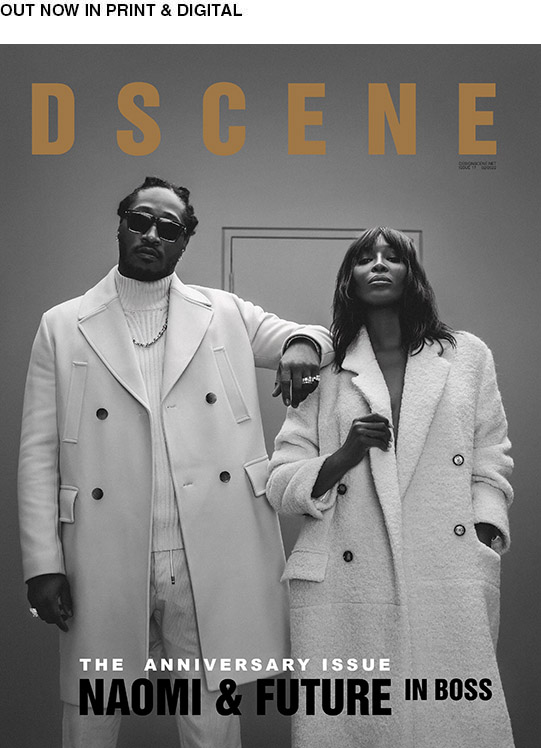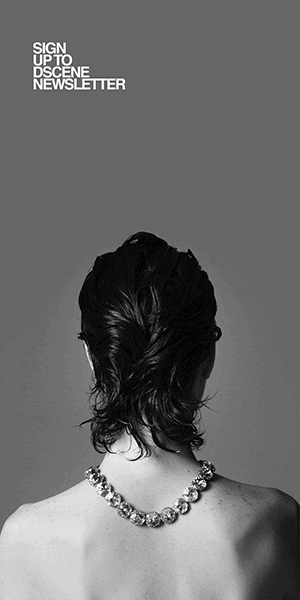

Don’t worry. We don’t spam


Fashion worldwide can look very different because of various factors, such as culture, religion, trends, and personal style. However, one can easily see some key differences between Western and Eastern fashion. Fashion can also be used to showcase a person’s personality and style. Another element that can heavily influence culture is religion and culture.
Below are the key differences between Western and Eastern fashion and how modern fashion styles can encapsulate influences from both.
Fashion can highlight all the popular styles in footwear, make-up, accessories, and clothing, such as tunics for women in the East. Fashion can also differ depending on influences, religion, culture, and location. Fashion can also change and evolve while other fashion styles stay for years. There are major differences between fashion styles in the East and West. Read below to discover the differences.
People in the West often prefer monochromatic colors like black, especially for formal and casual evening events, or bold colors like orange or yellow. Dark-colored clothing is not that common in the East because people associate it with death or bad luck. In some cases, the color can even be taboo in certain areas.
On the other hand, the local customs and traditions of a particular area in the East can heavily influence Eastern fashion. Color is very prevalent in Eastern fashion because some clothing items are significant and represent values and customs that are considered important. Fashion styles are usually more traditional and highlighted by popular colors and design elements. Eastern fashion comprises colorful bright clothes with amazing patterns.
These colors and patterns can also have meanings and significance, like wearing white during a funeral in the East instead of the universal black.
In Western fashion styles, clothing can vary from business, nightwear, casual wear, and various other styles. This allows people to dress for the occasion instead of according to religion or tradition. Fashion styles in the West also fully reflect what styles and trends are popular at the time. They often set worldwide fashion standards, with fashion capitals in the Western world being New York, Paris, London, and Milan. Each of these countries has its fashion weeks setting the standards for fashion trends.
In addition, Western fashion prioritizes comfort and convenience; people can wear whatever makes them feel comfortable and stylish. Western fashion styles are more informal and casual and are often not influenced by religion and culture. This does not mean that no Western people dress according to their culture or religion; it’s just not as prevalent. Furthermore, Western culture puts a lot of importance on individual expression making fashion choices more creative and daring than those from the East.
Western fashion can also be more fluid regarding what a man or woman can wear as they are not confined to a specific dress or attire based on gender. Other fashion items that aren’t considered taboo in Western culture are clothes that reveal skin, such as crop tops, bare midriffs, plunging necklines, and tight clothing.
On the other hand, Eastern fashion styles are more conservative because they are closely linked to religion and beliefs. Places like Asia and the Middle East have had traditional fashion attire that people have worn for many years, giving fashion items symbolic importance.
In addition, Eastern fashion is often defined by gender, with men and women having specific styles and clothes. For example, in India, women wear Sari, while in Japan, women traditionally wear kimonos. These clothing items can be worn in a specific way, with some wrap styles and colors having their meanings.
With the evolution of fashion, some parts of the East have adopted Western fashion choices and vice versa. For example, some women can now wear pants or jeans, which are influenced by the Western style but pair them with traditional clothing items like head wraps and accessories based on their tradition or culture.
This is because the new generation of people from the East and West has embraced the world’s connectivity. Some individuals may also have mixed cultures in their families, giving them a fusion of modern Western styles and traditional Eastern fashion.
Western and Eastern fashion have differences, but modern styles have adopted both aspects to help people fully express themselves. Western fashion puts a lot of emphasis on individual expression giving way to daring fashion choices. Whereas in Eastern fashion, men and women each have designated outfits, and tradition and culture can heavily influence their fashion choices. Ultimately, fashion evolves, and people can explore and adapt certain styles depending on their preferences.
Images from Digital Footprint by Takahiro Ogawa for DSCENE Magazine – See the full story here
See more
Want more stuff like this?
Get the best stories straight into your inbox!
Don’t worry. We don’t spam
Get the best stories straight into your inbox!
Don’t worry. We don’t spam




I use affiliate links
More products
Don’t miss out on new posts
By subscribing to our newsletter you agree to DESIGN SCENE's Terms of service.
Don’t worry. We don’t spam

DSCENE is curated as a daily fashion, design & lifestyle destination. DSCENE is non-for-profit fashion and culture basis organization which aims at further development of research on DSCENE values, as well as on providing educational services.
Home of magazine editions DSCENE and MMSCENE – find out more in our about section.
© 2022 DSCENE Magazine
